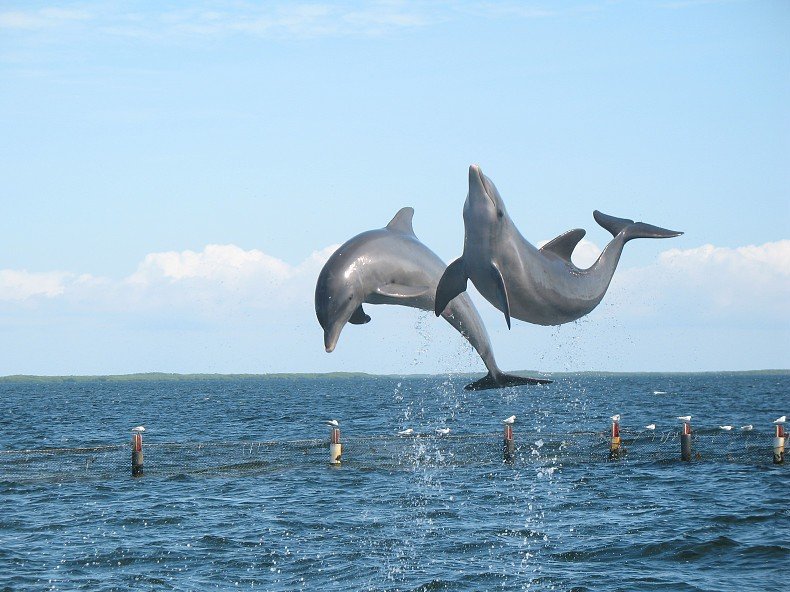

IN RECENT years the US Supreme Court (SCOTUS) guided the USPTO into a harder approach towards software patents; if there's nothing "hard" (as in non-abstract), then a patent isn't suitable 'protection', maybe copyrights at best. This has always made perfect sense to actual software developers, but policy was perturbed by lawyers for their selfish interests.
"This has always made perfect sense to actual software developers, but policy was perturbed by lawyers for their selfish interests."The Federal Circuit has taken SCOTUS decisions such as Mayo and Alice into account; so did the Patent Trial and Appeal Board (PTAB), which is basically a lot more efficient and is technically part of the Office.
"This case had nothing to do with software."At the start of the year there were a few Federal Circuit outcomes (decisions) which patent maximalists were able to spin in order to market software patents; but nothing of that kind has happened for months. Watchtroll, failing to cherry-pick any 'convenient' cases, would rather speak of Vanda Pharmaceuticals -- a case that we've mentioned here before (albeit not much because it's really about Mayo, not Alice). John M. Rogitz (Rogitz & Associates) wrote about this USPTO "memo [which] dives into the Federal Circuit’s holding, noting that “[t]he Federal Circuit distinguished Mayo, stating: ‘The inventors recognized the relationships between iloperidone, CYP2D6 metabolism, and QTc prolongation, but that is not what they claimed. They claimed an application of that relationship. Unlike the claim at issue in Mayo, the claims here require a treating doctor to administer iloperidone.’…As a result, the Federal Circuit held the claims in Vanda patent eligible under the first step of the Alice/Mayo framework…because the claims ‘are directed to a method of using iloperidone to treat schizophrenia,’ rather than being ‘directed to’ a judicial exception.”"
This case had nothing to do with software. The following day Theodore Chiacchio (also in Watchtroll) persisted with Mayo:
This article examines Supreme Court and Federal Circuit analyses of patent eligibility under 35 U.S.C. ۤ 101 where the patent claims at issue were directed to Life Sciences-related technologies. I first examine this topic in the context of composition of matter patent claims and then in the context of method claims. As reflected in the below discussion, while the ۤ 101 case law is fairly straightforward with respect to composition claims, the case law is murkier when it comes to method claims.
"We're watching that domain closely and there's no rebound there of any kind; software patents are pretty much dead."Patent Docs too has meanwhile cherry-picked just one case (so far this week): Akeso Health Sciences, LLC v Designs for Health, Inc.
This one does not even related to ۤ 101 but to ۤ 286. "Patentee Equitably Estopped from Asserting Patent Due to 10-Year Delay in Filing Suit," their outline says. Here are some portions:
Earlier this year, in Akeso Health Sciences, LLC v. Designs for Health, Inc., District Judge S. James Otero of the U.S. District Court for the Central District of California granted a motion for summary judgment filed by Defendant Designs for Health, Inc. ("DFH"), in which DFH argued, inter alia, that Plaintiff Akeso Health Sciences, LLC should be equitably estopped from asserting U.S. Patent No. 6,500,450 due to Akeso's ten-year delay in filing suit. Akeso had filed suit against DFH for infringement of the '450 patent, which relates to a dietary supplement for the treatment of migraine headache, asserting that DFH's manufacture and sale of the migraine treatment product Migranol indirectly infringed the asserted claims due to various instructions and implications on the label.
[...]
The Court indicated that its finding was further bolstered by 35 U.S.C. ۤ 286, which precludes a patentee from recovering for any infringement committed more than six years prior to the filing of the complaint. In particular, the Court explained that "the patentee's failure to preserve over four years' worth of potential lost profits is reasonably interpreted as an abandonment of its claims." With respect to the first element of equitable estoppel, the Court therefore found that "the patentee, through misleading conduct (or silence), [led] the alleged infringer to reasonably infer that the patentee [did] not intend to enforce its patent against the alleged infringer," quoting Radio Sys. Corp. v. Lalor, 709 F.3d at 1130.
"Any time there's a lawsuit or a call for embargo they pounce at the opportunity to promote it. They don't care about technology, only legal bills."Then there's Broadcom's ITC complaint that we covered last week (after Reuters had covered it). We covered ITC issues a week earlier and Broadcom's flirtation with this strategy early last month, not too long after Qualcomm merger/takeover attempts (stopped some months ago and it looks like NXP will be the one to get devoured). Watchtroll's take on this is pretty revealing. Any time there's a lawsuit or a call for embargo they pounce at the opportunity to promote it. They don't care about technology, only legal bills. ⬆